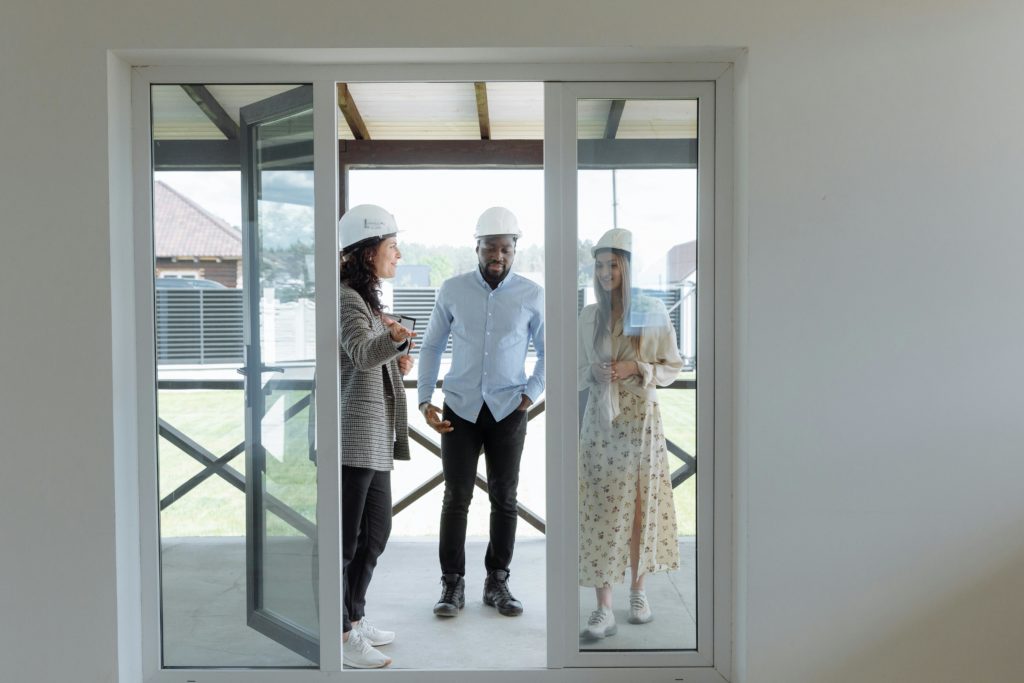Commercial Feature
How to Choose the Right Construction Company for Your Project

When planning a construction project, selecting the right construction company is one of the most important decisions you will make. Whether you’re a property owner considering an office refurbishment, a project manager overseeing a fit-out, or a business owner with a new space to develop, the success of your build will rest heavily on the capabilities and approach of your chosen contractor. Here, we outline what to look for when evaluating your options, helping you make a confident and informed decision.
Reviewing Experience and Past Projects
Start by examining the company’s portfolio. A well-documented track record speaks volumes about reliability and expertise. Look for relevant project examples, particularly those that align with your sector or the specific type of work required. Experience in these areas indicates not only capability but also familiarity with common project challenges and best practices. You’ll also want to verify that completed work is of a high standard and delivered to schedule, with clear evidence of effective planning, attention to detail, and consistency across various project sizes.
Checking Credentials and Insurance
Professional accreditations provide assurance that a construction company meets industry standards. Membership in recognised bodies and a commitment to health and safety should be non-negotiable. It’s also essential to confirm that all appropriate insurance policies are in place, including public liability and employer’s liability. This protects both you and the contractor should anything unexpected occur during the build.
Listening to What Clients Say
Testimonials and case studies can offer a realistic insight into how a company operates day-to-day. Pay attention to feedback about communication, reliability, project delivery, and whether the client would work with the company again. Reputable contractors will often be happy to provide references upon request – and speaking directly with a past client may offer more clarity than marketing material alone.
Understanding Communication and Management Styles
Every project has moving parts. How these are coordinated depends greatly on the contractor’s communication style and project management structure. A clear line of communication and a dedicated point of contact throughout your build will help reduce misunderstandings and delays. Some construction companies prefer a traditional approach, while others adopt a more collaborative model, working closely with clients, architects, and other consultants to shape outcomes.
Clarity on Costs and Budget Management
A detailed and transparent quote is a strong indicator of professionalism. Look for clarity around what is included – from materials and labour to design work and site supervision.
Avoid vague estimates or generic breakdowns. A reliable construction company will not only present a realistic cost structure but will also have the systems in place to manage budget changes should they arise during the project, ensuring financial accountability and minimising the risk of unexpected costs.
Why Local Knowledge Matters
Working with a contractor who understands local regulations, planning requirements, and logistical considerations specific to your area can make a significant difference. A construction company based in London, for example, is more likely to anticipate the nuances of working in the capital, from access constraints and building compliance to coordinating with building management teams. Local knowledge often leads to smoother project delivery and faster resolution of on-site issues.
Making the Final Decision
Choosing a construction partner is more than comparing quotes. It’s about aligning with a team that shares your project vision, respects your timelines, and communicates effectively. Take the time to visit completed sites, speak with past clients, and assess how well the company understands your objectives. A strong working relationship built on transparency and mutual respect will go a long way in delivering a successful outcome.
 Features / Friends, rivals, coursemates: on competition and camaraderie in Cambridge3 June 2025
Features / Friends, rivals, coursemates: on competition and camaraderie in Cambridge3 June 2025 News / John’s evicts pro-Palestine encampment with police support4 June 2025
News / John’s evicts pro-Palestine encampment with police support4 June 2025 Lifestyle / Regrets of someone scared to do anything2 June 2025
Lifestyle / Regrets of someone scared to do anything2 June 2025 News / Reforms to Architecture degree proposed2 June 2025
News / Reforms to Architecture degree proposed2 June 2025 News / British Ambassador to France elected Queens’ President3 June 2025
News / British Ambassador to France elected Queens’ President3 June 2025





